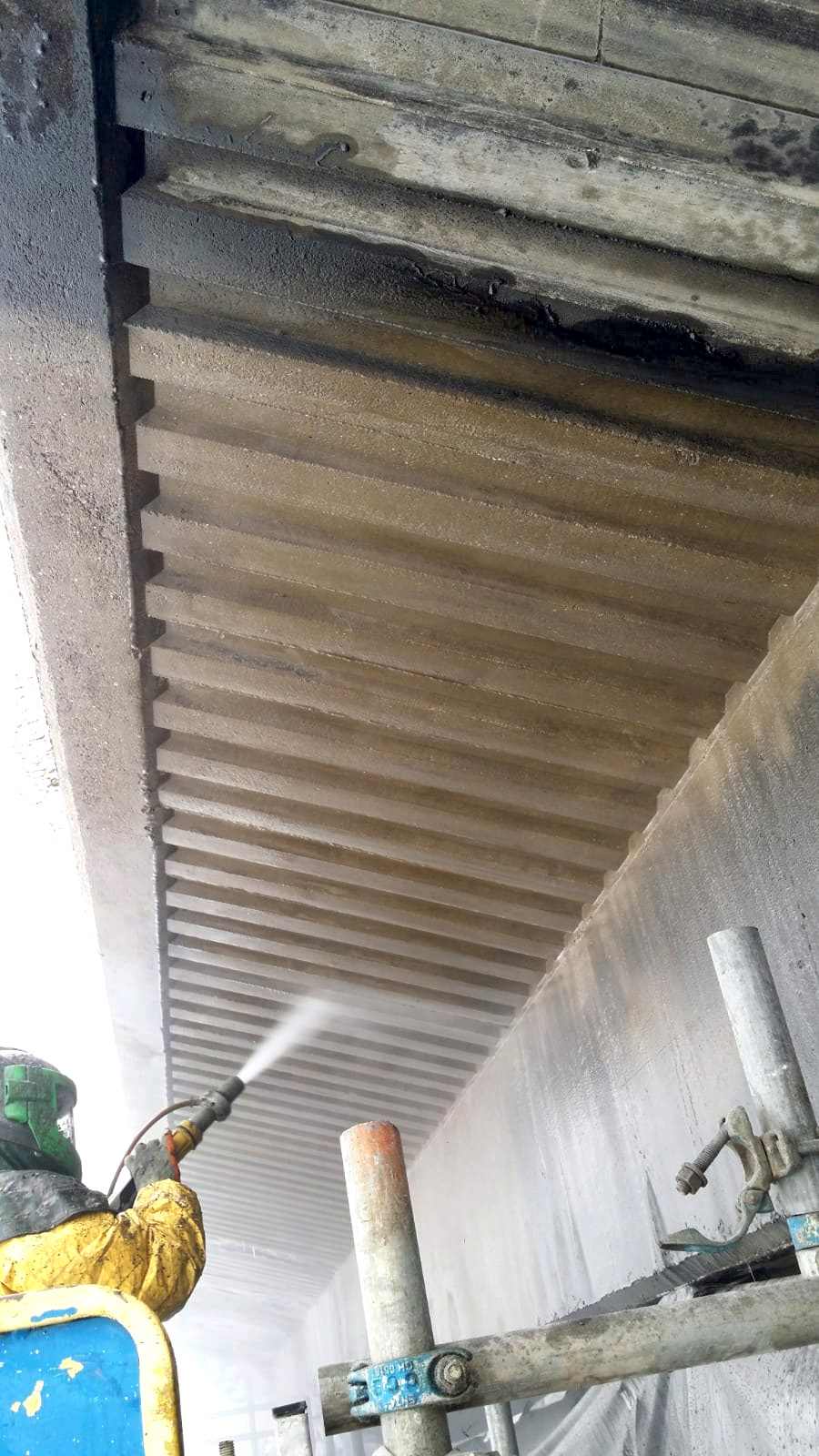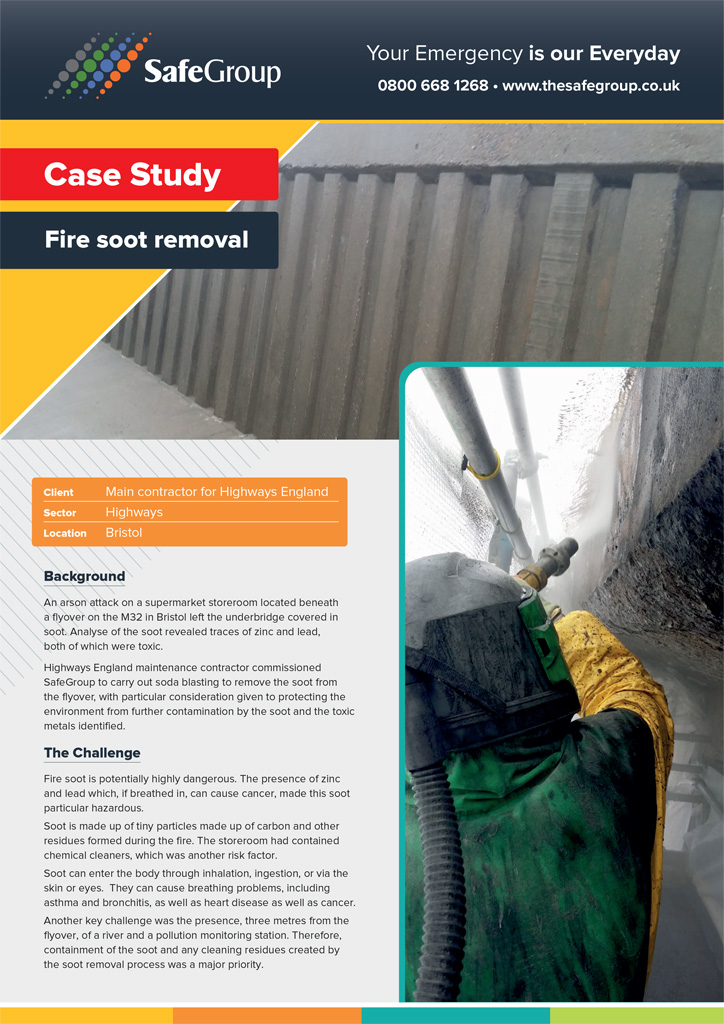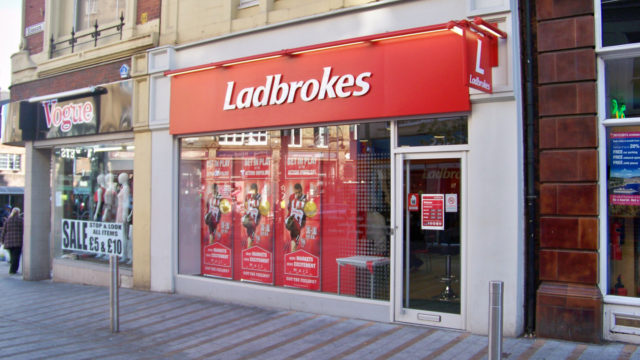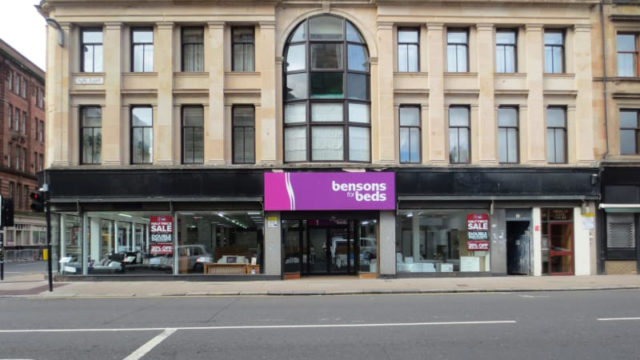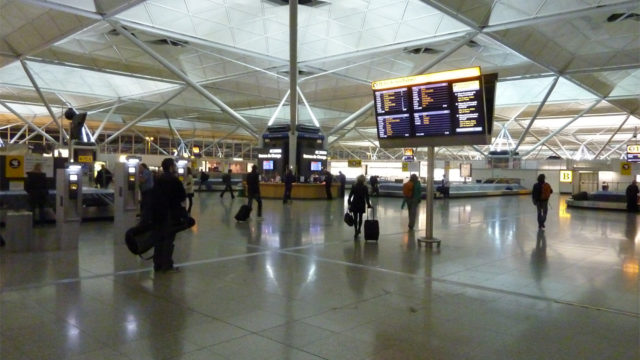The Challenge
Fire soot is potentially highly dangerous. The presence of zinc and lead which, if breathed in, can cause cancer, made this soot particular hazardous.
Soot is made up of tiny particles made up of carbon and other residues formed during the fire. The storeroom had contained chemical cleaners, which was another risk factor.
Soot can enter the body through inhalation, ingestion, or via the skin or eyes. They can cause breathing problems, including asthma and bronchitis, as well as heart disease as well as cancer.
Another key challenge was the presence, three metres from the flyover, of a river and a pollution monitoring station. Therefore, containment of the soot and any cleaning residues created by the soot removal process was a major priority.
